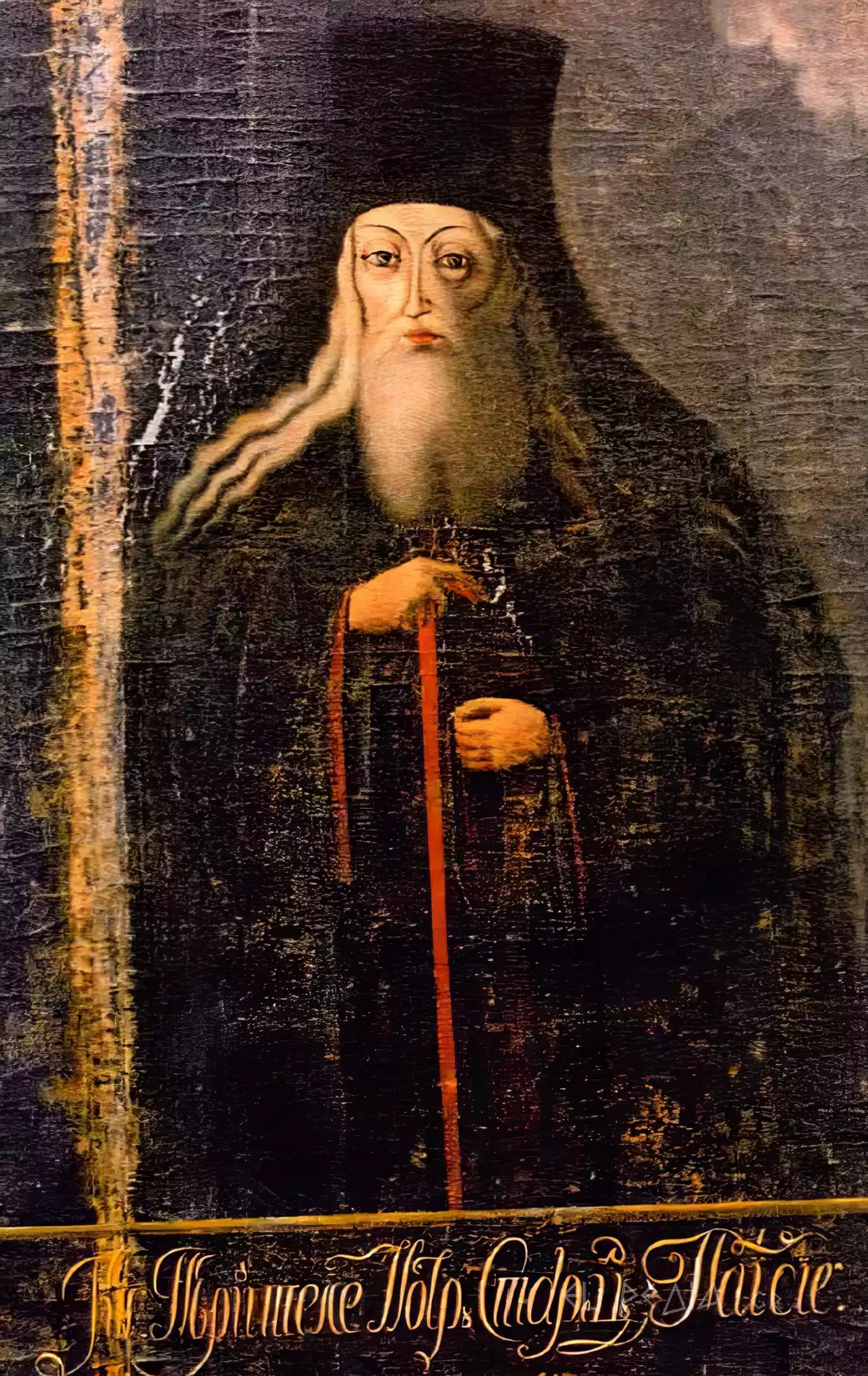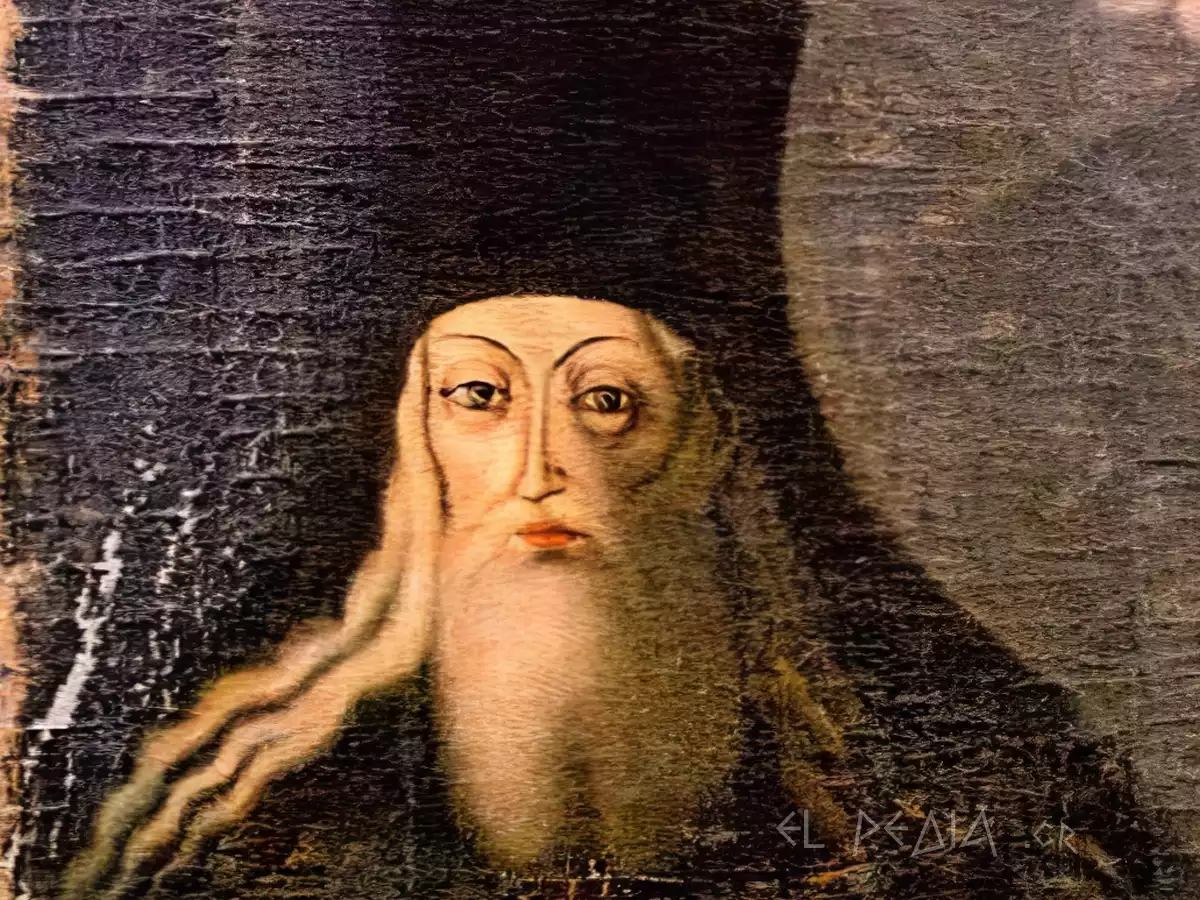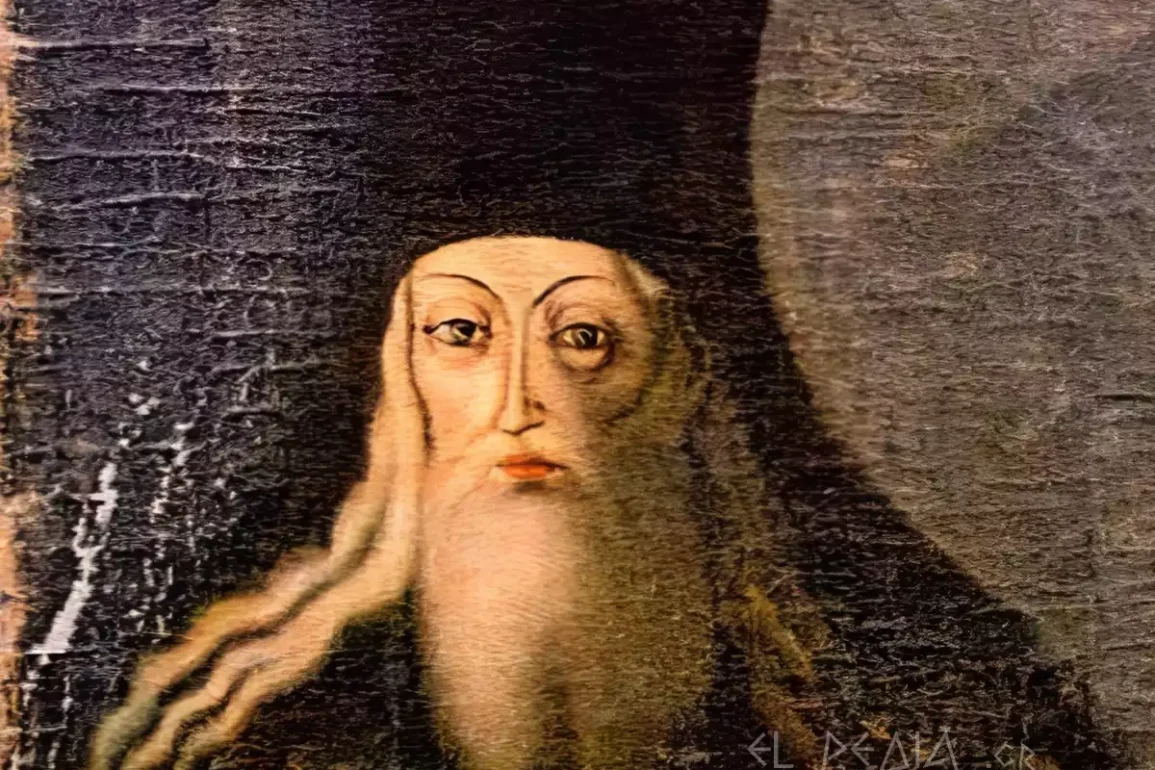
Saint Paisios Velichkovsky was a prominent figure of 18th-century Orthodox monasticism, with a decisive contribution to the revival of spiritual life in Russia and Romania. His presence on Mount Athos (1746-1763) was a milestone in his spiritual formation and the subsequent revival of hesychastic monasticism in Slavic countries.
His greatest contribution was the translation of the Philokalia into Slavonic, a work that profoundly influenced the spiritual life of Russia and played a decisive role in the rekindling of hesychastic monasticism. As a spiritual guide and author, he shaped a new generation of monks who continued his work, influencing the monastic tradition in Russia and Romania for centuries.
His memory is honored on November 15.
Early Life and Spiritual Formation
The spiritual journey of Saint Paisios Velichkovsky began in a time of intense religious and social changes in the Slavic world. From a young age, he showed a particular inclination towards monasticism and spiritual life, seeking the authentic monastic tradition. His deep desire for spiritual perfection led him to various monastic centers of his time, where he realized the need for a substantial renewal of monastic life.
His youth coincided with a time when the Russian Church was experiencing significant challenges in the spiritual and institutional domain, as the reforms of Catherine the Great had profoundly affected monastic life (Papoulidis). Within this context, the search for authentic spiritual tradition led him to decide to leave his homeland and seek his spiritual perfection in other places.
Saint Paisios, realizing the need for a deeper understanding of Orthodox spirituality, dedicated many years to studying the patristic texts and learning the Greek language, which would allow him to approach the original sources of Orthodox tradition. His dedication to spiritual life and his deep desire for the search for truth led him to form a comprehensive spiritual personality, which combined theoretical knowledge with the practical exercise of virtues.
His journey towards spiritual maturity is characterized by a continuous search for the authentic monastic tradition, which eventually led him to Mount Athos, where he would find the suitable environment for his spiritual development and preparation for the great work he would later accomplish in Russia and Romania. This period of preparation and spiritual formation laid the foundation for his later role as a spiritual guide and reformer of Slavic monasticism.
The Work of Saint Paisios on Mount Athos
The arrival of Saint Paisios on Mount Athos in 1746 marked the beginning of a decisive period in his spiritual formation. The Athonite environment, with its rich spiritual tradition and uninterrupted monastic life, offered the ideal framework for cultivating the hesychastic practice and studying the patristic texts.
During his stay in the Athonite state, the Saint delved into the study of the neptic fathers and the practice of the noetic prayer, while simultaneously developing a deep understanding of the spiritual method that would later form the basis of his teaching (Papakonstantinou). His seventeen-year presence on Mount Athos was characterized by intense spiritual exercise and systematic study, as he engaged in collecting and copying manuscripts containing the texts of the great ascetic fathers.
During his Athonite period, Saint Paisios gathered around him a group of disciples, with whom he shared his spiritual experiences and the fruits of his study, gradually forming a new approach to monastic life that combined traditional hesychastic practice with systematic study of the patristic texts and communal organization. This approach, characterized by an emphasis on spiritual guidance and the personal relationship between elder and disciple, would later become the model for the revival of monasticism in Slavic countries.
His experience on Mount Athos led him to realize the need for translating the patristic texts into the Slavonic language, to make them accessible to Slavic-speaking monks and believers. This realization would later lead him to the monumental work of translating the Philokalia, which was a milestone in the spiritual revival of the Slavic world.

The Legacy of Saint Paisios Velichkovsky in the Slavic World
After his departure from Mount Athos in 1763, Saint Paisios brought the rich Athonite tradition to the Slavic countries, where he inaugurated a new era of spiritual revival. His establishment in Moldavia and the founding of the monastic community at Neamț marked a milestone in the history of Slavic monasticism, as there a model of monastic life was formed that combined the neptic tradition with communal organization.
His translation activity, and especially the translation of the Philokalia into Slavonic, was a decisive factor for the spiritual revival of the Slavic world. Through this effort, Slavic-speaking monks gained access to the wisdom of the great neptic fathers, a fact that played a crucial role in the rekindling of spiritual life in Russia and neighboring countries.
At the Neamț Monastery, Saint Paisios gathered around him a large brotherhood of monks from various nationalities, creating an international center of spirituality that radiated throughout the Slavic world. His teaching, based on the hesychastic tradition and patristic wisdom, shaped a new generation of spiritual guides who continued his work in the following decades.
The influence of Saint Paisios on Russian spirituality was profound and long-lasting. His disciples, following his example, founded spiritual centers in various regions of Russia, with the most significant being that of Optina, where the Paisian tradition continued and was further enriched. The monastic community of Optina became a beacon of spirituality, influencing not only monks but also popular piety, as well as significant figures of Russian intellectual life.
The Spiritual Legacy of Saint Paisios Velichkovsky
The contribution of Saint Paisios Velichkovsky to the spiritual revival of the Slavic world was multifaceted and timeless. His translation activity, his teaching, and the model of monastic life he introduced shaped a new era in the history of Orthodox spirituality. His influence extended beyond the boundaries of monasticism, affecting popular piety and the spiritual culture of Slavic countries.
The significance of his work is particularly highlighted in the synthesis he achieved between the Athonite tradition and Slavic spirituality. Through the translation of the Philokalia and other patristic texts, he made the wealth of Orthodox ascetic tradition accessible to the Slavic world, contributing to the formation of an authentic spiritual identity.
The legacy of Saint Paisios continues to inspire and guide, serving as a source of spiritual renewal and authentic monastic life.
Apolytikion Tone pl. a’
Citizen of the desert and in body an angel and wonderworker you were revealed, God-bearing father of ours Paisios, fasting, vigil, prayer, receiving heavenly gifts, you heal the sick and the souls of those who in faith run to you. Glory to Him who gave you strength, glory to Him who crowned you, glory to Him who works through you all healings.
elpedia.gr
Bibliography
Papakonstantinou, K.D.. “Athos and Prayer-Contemporary Scholars and Charismatics.” 2021.
Papoulidis, K.K.. “Case of Spiritual Influence of Mount Athos in the Balkan Area during the 18th Century.” Makedonika, 1969.


